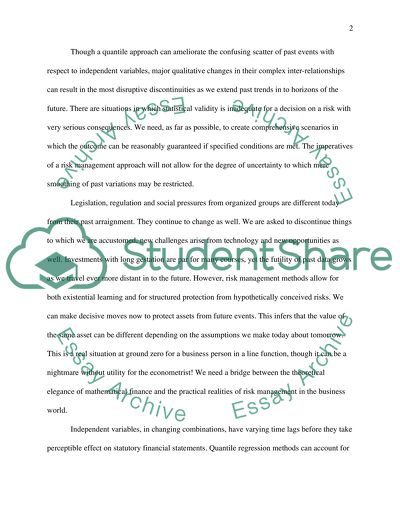Cite this document
(“Copula, risk modelling and mathematic finance Essay”, n.d.)
Copula, risk modelling and mathematic finance Essay. Retrieved from https://studentshare.org/miscellaneous/1535906-copula-risk-modelling-and-mathematic-finance
Copula, risk modelling and mathematic finance Essay. Retrieved from https://studentshare.org/miscellaneous/1535906-copula-risk-modelling-and-mathematic-finance
(Copula, Risk Modelling and Mathematic Finance Essay)
Copula, Risk Modelling and Mathematic Finance Essay. https://studentshare.org/miscellaneous/1535906-copula-risk-modelling-and-mathematic-finance.
Copula, Risk Modelling and Mathematic Finance Essay. https://studentshare.org/miscellaneous/1535906-copula-risk-modelling-and-mathematic-finance.
“Copula, Risk Modelling and Mathematic Finance Essay”, n.d. https://studentshare.org/miscellaneous/1535906-copula-risk-modelling-and-mathematic-finance.


